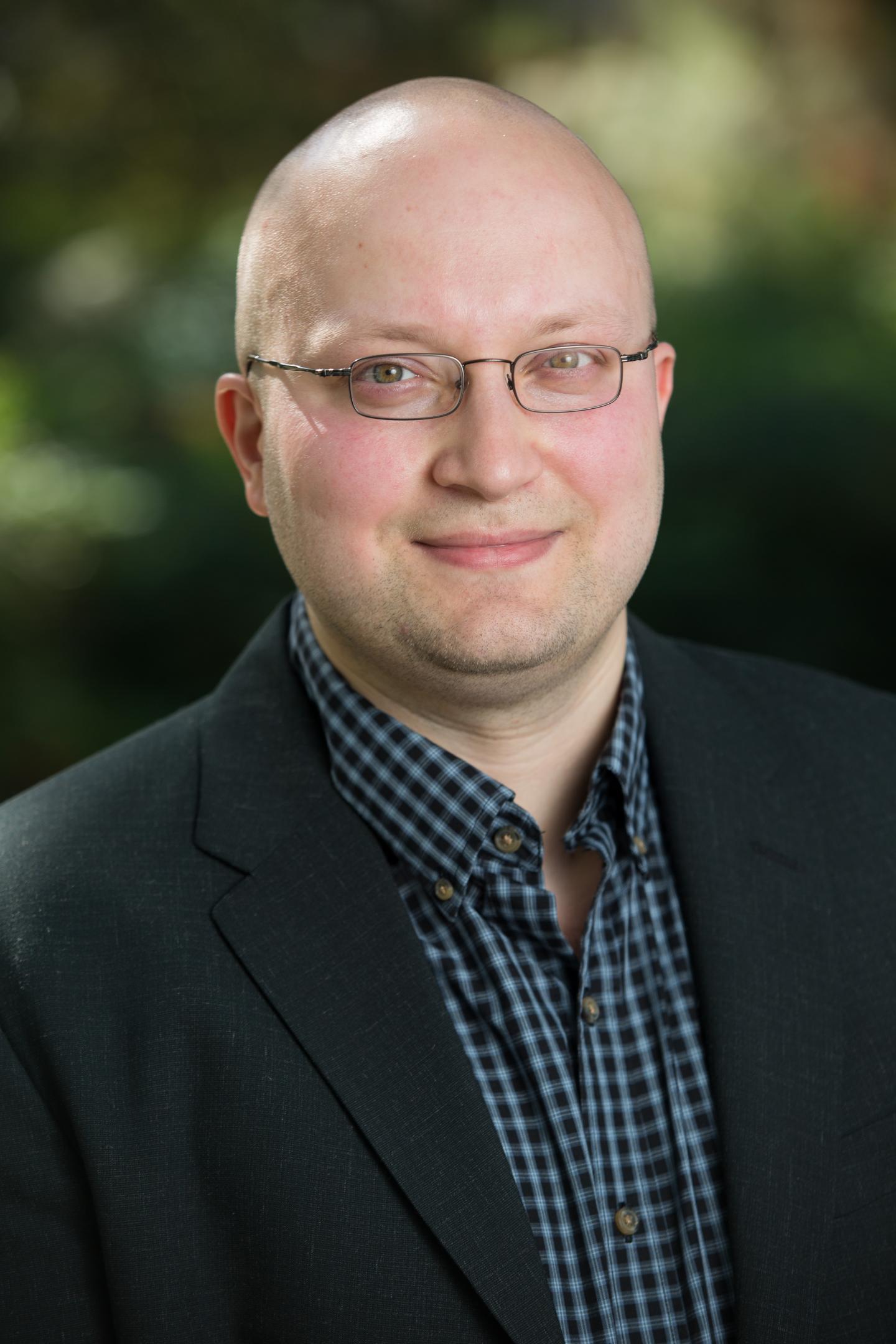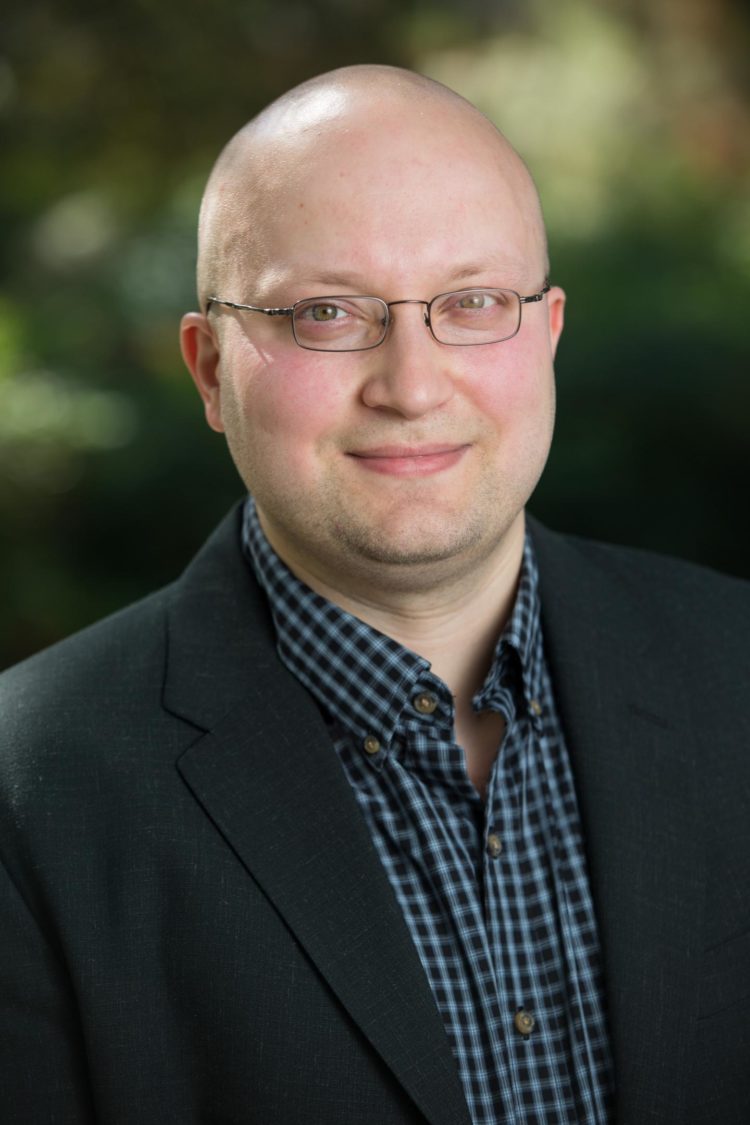Work by international research team could have wide-ranging impact on information technology applications

Credit: Barsukov lab, UC Riverside
RIVERSIDE, Calif. — An international research team led by a physicist at the University of California, Riverside, has identified a microscopic process of electron spin dynamics in nanoparticles that could impact the design of applications in medicine, quantum computation, and spintronics.
Magnetic nanoparticles and nanodevices have several applications in medicine — such as drug delivery and MRI — and information technology. Controlling spin dynamics — the movement of electron spins — is key to improving the performance of such nanomagnet-based applications.
“This work advances our understanding of spin dynamics in nanomagnets,” said Igor Barsukov, an assistant professor in the Department of Physics and Astronomy and lead author of the study that appears today in Science Advances.
Electron spins, which precess like spinning tops, are linked to each other. When one spin begins to precess, the precession propagates to neighboring spins, which sets a wave going. Spin waves, which are thus collective excitations of spins, behave differently in nanoscale magnets than they do in large or extended magnets. In nanomagnets, the spin waves are confined by the size of the magnet, typically around 50 nanometers, and therefore present unusual phenomena.
In particular, one spin wave can transform into another through a process called “three magnon scattering,” a magnon being a quantum unit of a spin wave. In nanomagnets, this process is resonantly enhanced, meaning it is amplified for specific magnetic fields.
In collaboration with researchers at UC Irvine and Western Digital in San Jose, as well as theory colleagues in Ukraine and Chile, Barsukov demonstrated how three magnon scattering, and thus the dimensions of nanomagnets, determines how these magnets respond to spin currents. This development could lead to paradigm-shifting advancements.
“Spintronics is leading the way for faster and energy-efficient information technology,” Barsukov said. “For such technology, nanomagnets are the building blocks, which need to be controlled by spin currents.”
Barsukov explained that despite its technological importance, a fundamental understanding of energy dissipation in nanomagnets has been elusive. The research team’s work provides insights into the principles of energy dissipation in nanomagnets and could enable engineers who work on spintronics and information technology to build better devices.
“Microscopic processes explored in our study may also be of significance in the context of quantum computation where researchers currently are attempting to address individual magnons,” Barsukov said. “Our work can potentially impact multiple areas of research.”
###
Barsukov was joined in the research by H. K. Lee, A. A. Jara, Y.-J. Chen, A. M. Gonçalves, C. Sha, and I. N. Krivorotov of UC Irvine; J. A. Katine of Western Digital in San Jose; R. E. Arias of the University of Chile in Santiago; and B. A. Ivanov of the National Academy of Sciences of Ukraine and the National University of Science and Technology in Russia.
The collaborative study was primarily funded by the U.S. Army Research Office, Defense Threat Reduction Agency, and National Science Foundation, or NSF, as well as by agencies in Chile, Brazil, Ukraine, and Russia. Barsukov was funded by the NSF.
The University of California, Riverside is a doctoral research university, a living laboratory for groundbreaking exploration of issues critical to Inland Southern California, the state and communities around the world. Reflecting California’s diverse culture, UCR’s enrollment is more than 24,000 students. The campus opened a medical school in 2013 and has reached the heart of the Coachella Valley by way of the UCR Palm Desert Center. The campus has an annual statewide economic impact of almost $2 billion. To learn more, email [email protected].
Media Contact
Iqbal Pittalwala
[email protected]
951-827-6050
Related Journal Article
http://dx.





